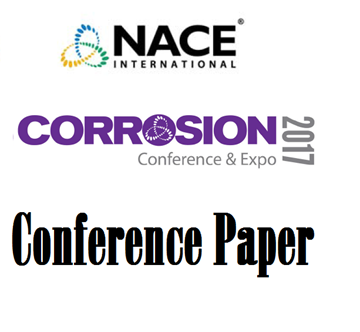Search
51312-01480-Novel Method to Quantify the Concentration of Corrosion Inhibitors in Produced Water
Also Purchased
Assessing the Corrosivity of Field Produced Water in in-situ Oil Sands Water Treatment Systems
Product Number:
51317--9389-SG
ISBN:
9389 2017 CP
Publication Date:
2017
$20.00
05549 Implications of Re-Injection of Produced Water on Microbially Influenced Corrosion (MIC) in Offshore Water Injection Systems
Product Number:
51300-05549-SG
ISBN:
05549 2005 CP
$20.00
10256 Evaluating Corrosion Inhibitors as a Means to Control MIC in Produced Water
Product Number:
51300-10256-SG
ISBN:
10256 2010 CP
Publication Date:
2010
$20.00




